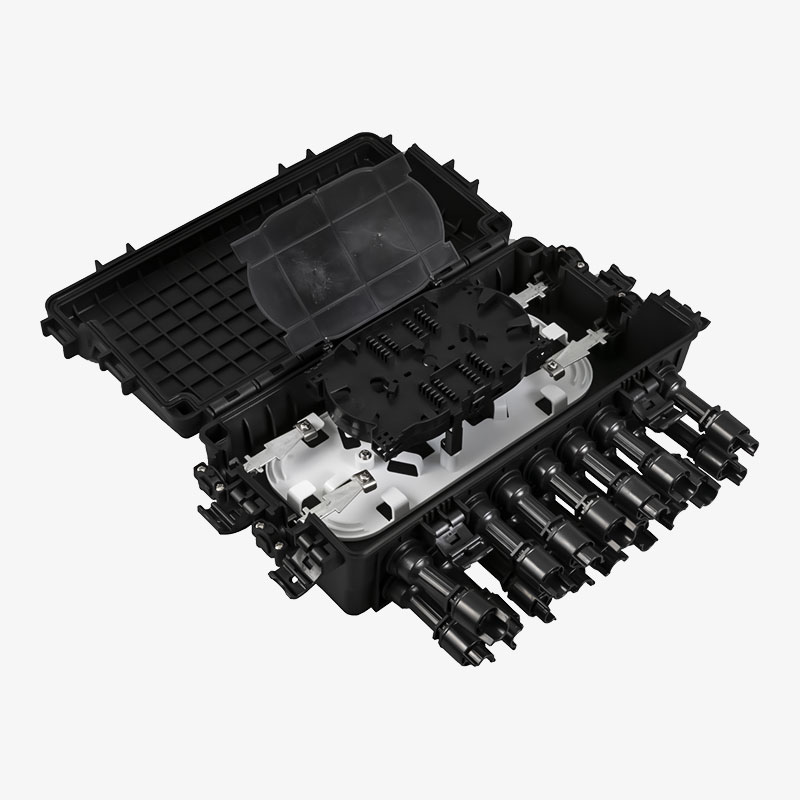The fuse used in the distribution box is not as thick as possible.
The function of the fuse is to protect the electrical appliance. When the current exceeds the maximum load that the electrical appliance can withstand, the fuse will automatically blow to protect the electrical appliance from damage. If the fuse is too thick, some people even use copper wire to replace the fuse, which in fact cancels the function of over-current protection, and it is easy to damage the electrical appliances. This is an act of sacrificing everything.
The function of the fuse is to protect the electrical appliance. When the current exceeds the maximum load that the electrical appliance can withstand, the fuse will automatically blow to protect the electrical appliance from damage. If the fuse is too thick, some people even use copper wire to replace the fuse, which in fact cancels the function of over-current protection, and it is easy to damage the electrical appliances. This is an act of sacrificing everything.

Extended information:
In order to prevent accidents when electrical equipment is damaged, the general method is to install a fuse (also called a fuse) on the power switch. The fuse is made of easily meltable metals such as lead, tin, aluminum, etc. When the electrical equipment fails and the current exceeds the fuse's fusing current, it will fuse and stop the power supply, so that the accident will not expand.
The thickness of the fuse is different, and the fusing current is also different, so you can't use it indiscriminately. If the fuse is too thin, it is easy to blow, which will affect the normal use of electricity; if the fuse is too thick, the fault current cannot make it blow, and the accident will spread.
Therefore, the fuse must be used in accordance with the regulations, and do not use copper or iron wire as a fuse. The maximum current allowed by the fuse to pass for a long time is called the rated current; the current that makes the fuse start to blow is called the fusing current, which is about 1.5 to 2 times the rated current.